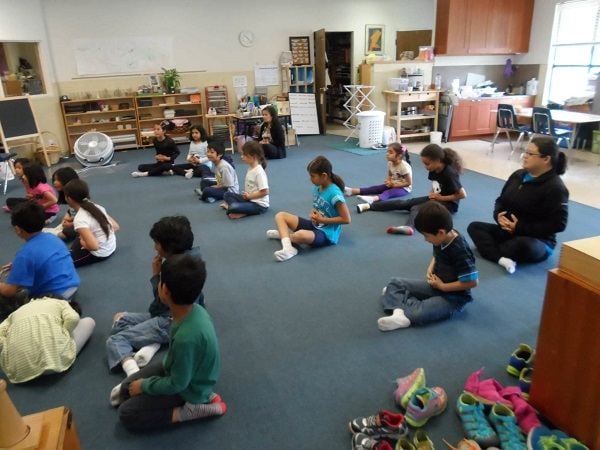Choosing a Montessori school for your child is a huge decision. One that will impact your family for many years to come. That’s why it’s vital to know what to look for in a Montessori educational program, and the type of schooling you want in your child’s future.
Is a Montessori School Right for You?
It’s very important to understand – not all Montessori schools are created equal, and they do not all adhere to one curriculum. Moreover, just because a certain school is a good fit for one student does not necessarily mean it will benefit your child in the same way.
Here’s some of the top factors you should consider when choosing a Montessori school:
No. 1 – The Credentials
Many Montessori schools will choose to join a professional organization to reflect the credentials of their teachers and programs. The American Montessori Society, or AMS, is probably the most common, but it’s important to know which credentials and licenses are held by the school you are interested in and if it is a fully accredited program.
These qualifications are what protects the students’ health, safety and educational opportunities. Without the proper credentials, you might want to look other options.
No. 2 – The Classroom
The classroom is the heart of your child’s educational experiences. When visiting a Montessori school, visit the classrooms and look for a variety of learning materials, as well as lots of space for group and individual activities.
A major difference between a Montessori school and a traditional classroom is the teaching approach. Montessori classrooms should encourage hands-on learning rather than simply reading and repeating information.
No. 3 – The Teachers
We all remember our favorite teacher, right? That’s because teachers have a huge impact on our lives and the good ones really tend to stick out. Therefore, you’ll want to meet with the teachers before deciding on a school and ask them about their qualifications and what approach they take when teaching children new skills.
No. 4 – The Students
One of the most exciting parts about a Montessori education is the support system your child is given access to from day one. Most classrooms will include children who are within 3 years of each other. The older children can help the younger children, but every student is encouraged to be a self-directed learner and leader.
No. 5 – After-School Activities
Extra-curricular activities can help boost a child’s confidence, teach them new skills and improve their social interaction with others. So while every Montessori school is different, if after-school activities and clubs are important to you – look for a program that offers these type of groups.
The Montessori Difference
If you’re considering a Montessori program for your child’s educational needs, consider the factors listed above before enrolling them in a school. For more information on how a Montessori education can benefit your child, contact the Montessori School of Fremont today! We welcome parents and students to visit our classrooms and meet with our teachers to better understand the Montessori difference.

